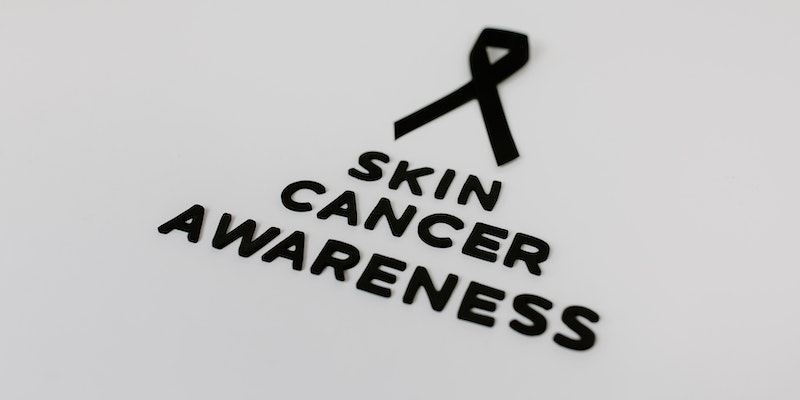Seizure First Aid: Steps to Take During an Episode
Oct 01, 2023
Witnessing a seizure can be unsettling, but knowing how to respond is crucial to the victim's safety. Seizures are alarming but manageable with knowledge and awareness. This article discusses seizures, their types, first aid, and when to seek medical help.
What Are Seizures?
Brain abnormalities cause seizures, which affect behavior, movement, and sensation. Medical conditions like epilepsy and environmental factors like high fever and low blood sugar can cause seizures. Knowing the causes helps determine seizure treatment.
Epilepsy, a leading cause of seizures, affects 3.4 million Americans, according to the CDC. Seizures aren't limited to epilepsy patients. The prevalence of this medical phenomenon emphasizes the need for public education on seizure management.
Living with the possibility of seizures can impose significant challenges on affected individuals. The unpredictability of seizure episodes necessitates constant vigilance, access to seizure medication, and a comprehensive understanding of managing the condition. Adopting a proactive approach, including lifestyle modifications and adherence to prescribed treatments, can mitigate the frequency and severity of seizures, fostering a sense of control and enhancing quality of life.
Recognizing Different Types of Seizures
The three different types of identified and recognized seizures are mentioned below:
Focal Onset Seizures
Focal onset seizures originate from a distinct brain region, resulting in symptoms such as involuntary movements and alterations in consciousness. Individuals may appear awake but disruptive, highlighting the complexity of identifying and addressing such silent seizures. Familiarity with the nuanced presentation of focal onset seizures is crucial for timely intervention and support.
Generalized Seizures
Generalized seizures encompass widespread brain involvement, rendering individuals vulnerable to potential harm. The generalized tonic-clonic seizure is a subtype that merits attention due to its distinct phases and potential for injury. Awareness of the characteristics of generalized seizures, including silent seizures, is integral for bystanders to respond effectively and ensure the individual's safety.
Distinguishing Features and Response
Recognizing the differentiating features between focal and generalized seizures is pivotal for determining the appropriate response. While focal seizures may necessitate gentle guidance away from hazards, generalized seizures, especially tonic-clonic, require immediate attention to prevent injury and administer seizure medication if prescribed.
Silent Seizures
Silent seizures pose a unique challenge due to their subtle presentation. Increased awareness and education on identifying and managing silent seizures can enhance the detection and support for individuals experiencing this less overt form of seizure.
Administering First Aid

Ensuring the individual's safety during a seizure is paramount. Immediate actions include clearing the vicinity of sharp objects, refraining from restraining the person and positioning them on their side. These measures are essential to what to do when someone has a seizure, as they prevent injuries and maintain an open airway.
Timing and Observation
Monitoring the seizure duration is vital, as it informs the need for medical intervention. A seizure extending beyond five minutes is a clear indicator for seeking emergency help. Observing the individual's condition post-seizure is equally essential, especially if they exhibit breathing difficulties or impaired consciousness.
Debunking Myths and Best Practices
Addressing prevailing myths is essential for ensuring appropriate first aid. Avoid placing objects in the person's mouth, as it poses risks of injury and impedes safety measures. Employing best practices and adhering to recommended guidelines significantly contribute to optimal outcomes during seizure episodes.
Utilization of Seizure Medication
When prescribed by a healthcare provider, administering seizure medication can be critical to first aid. Familiarizing oneself with the recommended routes of administration, whether oral, nasal, or other forms, is indispensable for caregivers and individuals prone to seizures, ensuring timely and effective intervention.
When to Seek Medical Assistance

When witnessing a seizure, the initial step involves rapidly assessing the severity and characteristics of the event. The duration, type, and medical history of a seizure heavily influence treatment. These nuances can speed up decision-making and protect the affected person.
Timing is Crucial
Monitoring the length of the seizure is vital in deciding whether to call for medical help. Any seizure lasting more than five minutes or causing breathing difficulties necessitates immediate medical attention. Additionally, someone unfamiliar with seizures or without a known history of such episodes should receive prompt medical evaluation.
Post-Seizure Observations
After the seizure concludes, closely observe the individual for signs of distress, such as difficulty regaining consciousness or respiratory issues. These symptoms warrant immediate medical intervention. Individuals experiencing multiple seizures without regaining consciousness between episodes also require urgent medical assistance.
Educating Bystanders
Raising awareness among the general public about the signs that necessitate medical help can enhance community preparedness. Educational programs focusing on what to do when someone has a seizure can equip people with the knowledge to make informed decisions during such critical situations.
- Silent Seizures: Education on silent seizures is essential, given their subtle nature and the challenges in detection.
- Community Preparedness: Increased community knowledge can facilitate timely and appropriate responses.
Utilization of Rescue Medications
Rescue medications play a crucial role in managing seizures, especially during emergencies. These drugs, typically benzodiazepines, alleviate abnormal brain activity swiftly, curtailing seizures. Familiarity with administering seizure medication is indispensable for caregivers and individuals susceptible to seizures.
Types and Administration Routes
Several forms of rescue medications exist, each with distinct methods of administration. These include nasal sprays, oral pills, sublingual tablets, buccal solutions, and rectal gels. Ensuring the correct usage of these medications following medical advice is fundamental in providing adequate relief.
- Diazepam and Midazolam: These are commonly prescribed rescue medications, available in various forms for diverse administration routes.
- Appropriate Use: Understanding when and how to administer these medications is vital to ensure their efficacy.
Emergency Seizure Action Plan
A well-documented and personalized emergency seizure action plan is essential for individuals prone to seizures. This plan outlines the specific steps on what to do when someone has a seizure, including the administration of seizure medication and when to seek additional medical help.
- Personalization: The plan should be tailored to the individual's medical history, seizure types, and prescribed medications.
- Silent Seizures: Incorporating guidelines for detecting and managing silent seizures can enhance the comprehensiveness of the plan.
Communication with Healthcare Providers
Regular discussions with healthcare providers regarding the seizure action plan and rescue medication adjustments are imperative. These conversations ensure that the project remains up-to-date and aligns with the individual's evolving medical needs, promoting optimal management of seizure episodes.





